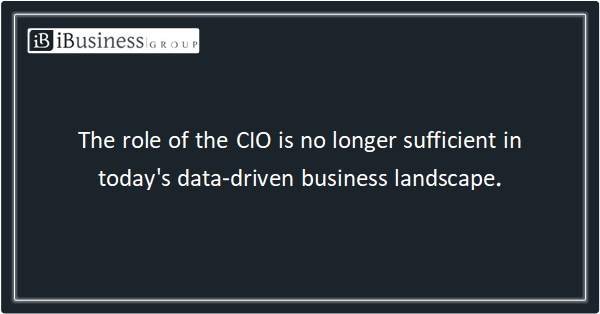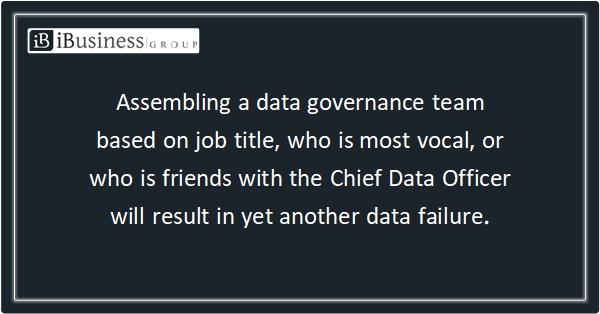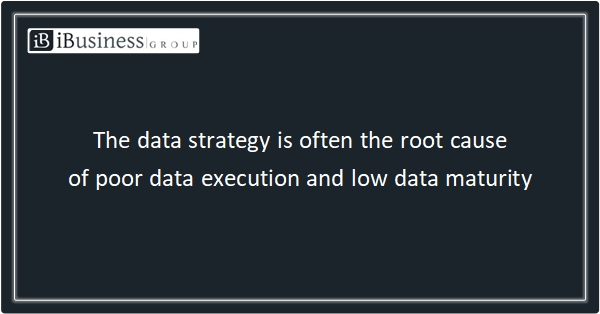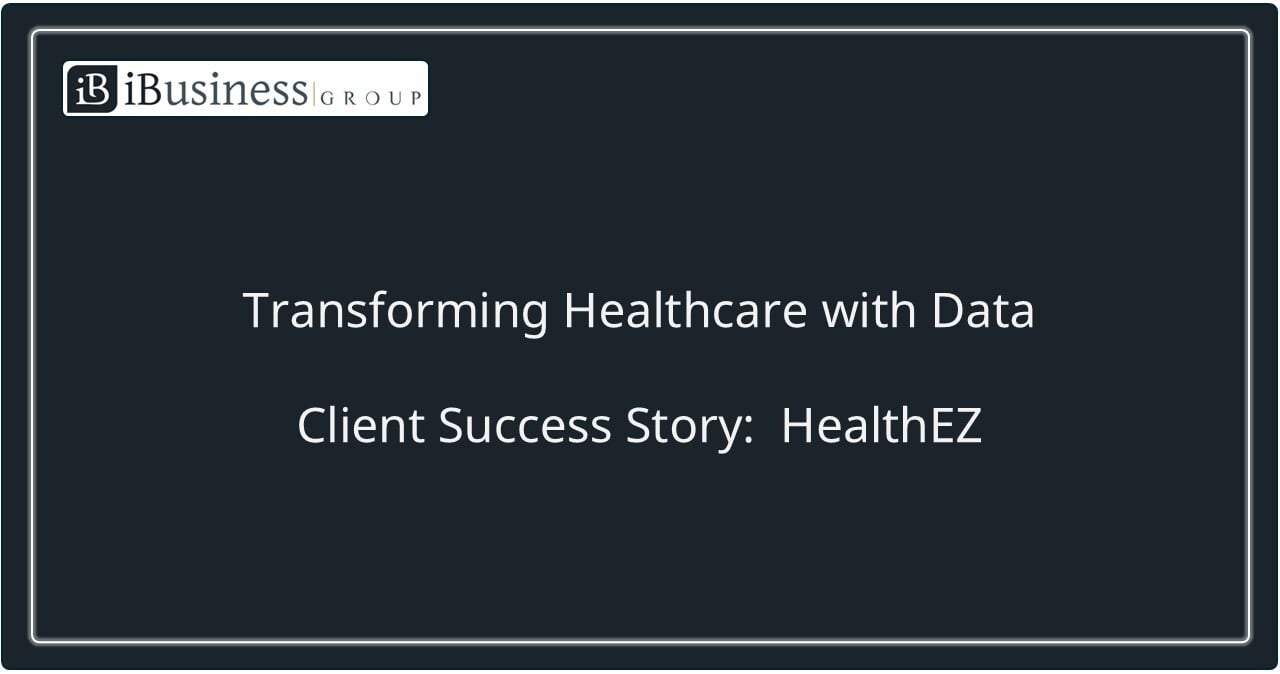In today's data-centric business landscape, traditional roles and structures are often no longer sufficient to harness the power of data for strategic decision-making. As businesses increasingly rely on data and AI to drive growth and innovation, a new approach to data and technology leadership is needed. Enter the Chief Data Officer (CDO), a role specifically designed to oversee data management and analytics, working in tandem with a Chief Technology Officer (CTO) and a Chief Information Security Officer (CISO). Embracing a CDO-led capability could (should?) very well mean ditching your current Chief Information Officer (CIO) role.
I have been in IT, data, and operational leadership roles for a long time. In addition, I have consulted with dozens of organizations over the years and have seen many different ways data rolls up in organizations. The most common way that companies venture into the world of data is having it part of IT, and if the company is small enough, IT will itself roll up to either an Operations leader or a Finance leader. In all of these scenarios, data is buried behind an IT firewall where project budgets, project deadlines, project resources, and traditional project execution routinely stifles and kills strategic data and analytics initiatives.
One CIO told me, "we can do IT without data, but you can't do data without IT." Um, excuse me! First of all, IT -- as in information technology -- is a misnomer. I would argue that very little, maybe even nothing, that a typical CIO-led IT department does pertains to information, or data as a strategic asset. Second, while this CIO was trying to convey an entirely wrong and overinflated view of IT by putting me and data in its place, ironically this CIO was proving the point of this blog post. The technology department, focused on technology -- think cloud architecture, wireless bandwidth throughout facilities, email administration, etc. -- can in fact be done without data because it is not about information or data at all, and it should be led by a CTO, not a CIO. Then, data can be moved out of a technology team, be given a home that is fitting for a part of the organization that creates strategic, business assets, and have a leader than has true data and information experience. We can see how this plays out at three different levels of the organization.
At a board level, the concerns are not about your typical IT technology, IT applications, and IT projects. The concerns and questions are about spend on strategic data assets, business capabilities, and data security, privacy, and compliance. These are the purviews of a chief data officer (CDO), a chief technology officer (CTO), and a chief information security officer (CISO). Collaboration among these three executive level leaders is crucial. A CDO can work closely with the CTO to align data strategies with the technology infrastructure, ensuring that the right tools and platforms are in place for efficient data management and analytics. The CDO can also collaborate with the CISO to establish robust data security measures, protecting against data breaches and ensuring compliance with data privacy regulations. This cohesive teamwork among the CDO, CTO, and CISO can drive a holistic approach to data, technology, and security, leading to extremely effective and strategic investments.
At a leadership level, data cannot be planned or run like a traditional IT department. Building strategic data assets is very different from IT applications and IT projects. Staffing data teams requires more employees who can learn the business and its data, whereas many IT departments are heavily dependent upon an army of outside contractors. Thinking about data across organizational and application silos is a huge paradigm shift away from thinking about data within an IT application or IT project. Data governance of a strategic business asset is often something very foreign to an IT leader and IT department, but a data team with a seat at the table can lead the way through all of these paradigm shifts.
Finally, at an execution level, data initiatives must be conducted in a very different manner for them to be successful. Multiple paradigm shifts need to occur as an organization transitions away from IT-led data, including:
| From... | To... |
| Organization-centric focus | Customer-first focus |
| Data/IT/Technology-led | Business-led |
| Governing data | Enabling data |
| Data management starts at the data lake | Data management starts at the source system |
| Application-centric architecture | Data domain-centric architecture |
| Project-centric org/op model | Product-centric org/op model |
| Data as an enabler | Data as a business asset |
Many organizations have had to start data within IT. That has been a logic first step for many. However, the role of the CIO is no longer sufficient in today's data-driven business landscape. As data matures within an organization and as data capabilities mature within the industry, data must be approached with a different paradigm, from the board level to the leadership level to the execution level. By embracing a CDO-led team, businesses can optimize their data management and analytics roadmaps, drive innovation, and make strategic decisions based on data. The CDO, working in collaboration with the CTO and CISO, can lead the way in unlocking the value of data, driving business success in the age of data-driven disruption. This might just be the ticket to start your organization on a successful journey towards data readiness, data maturity, and strategic business assets.
Question: While an org change by itself will never bring about lasting change, where should data be in your organization for it to be the most effective? Leave a comment.





